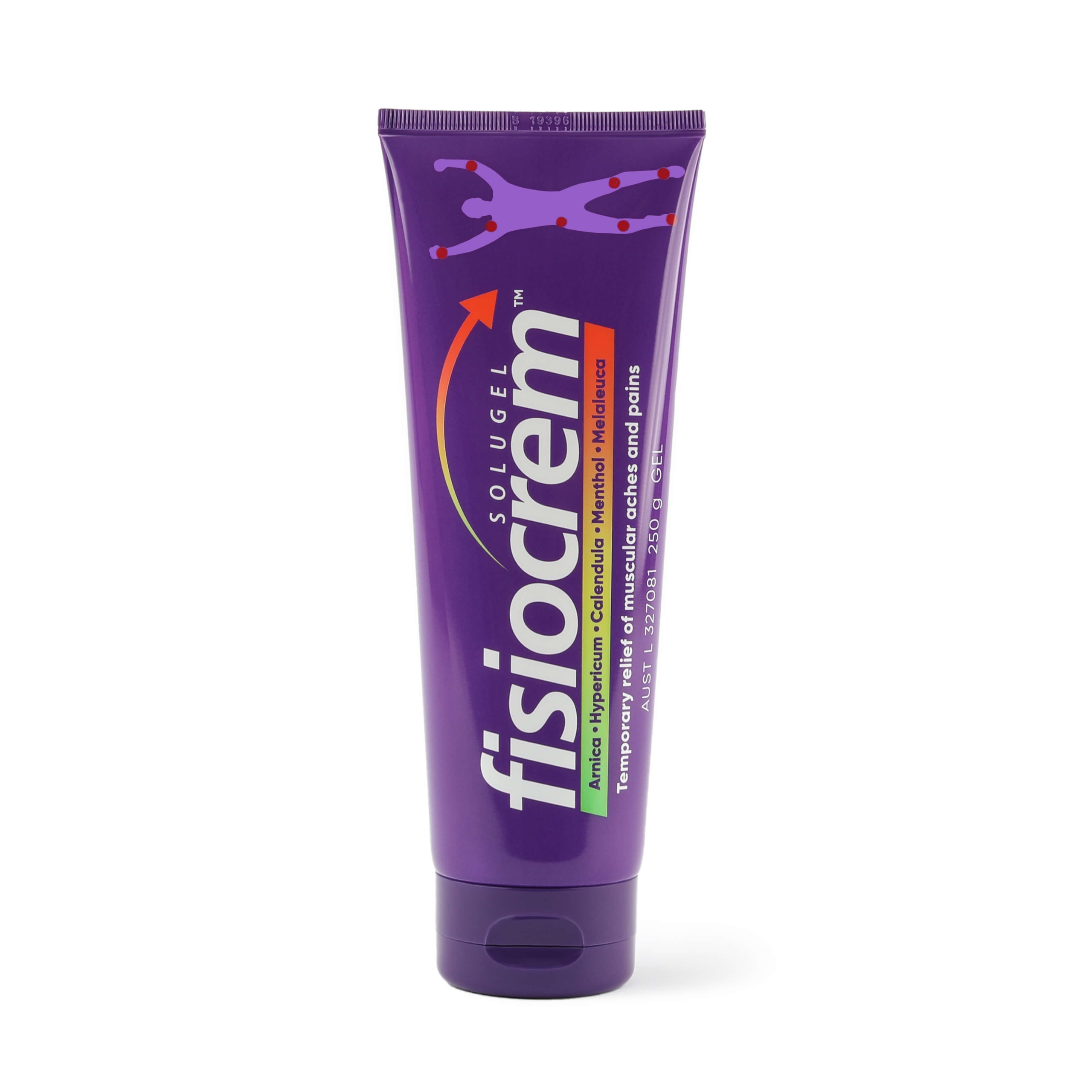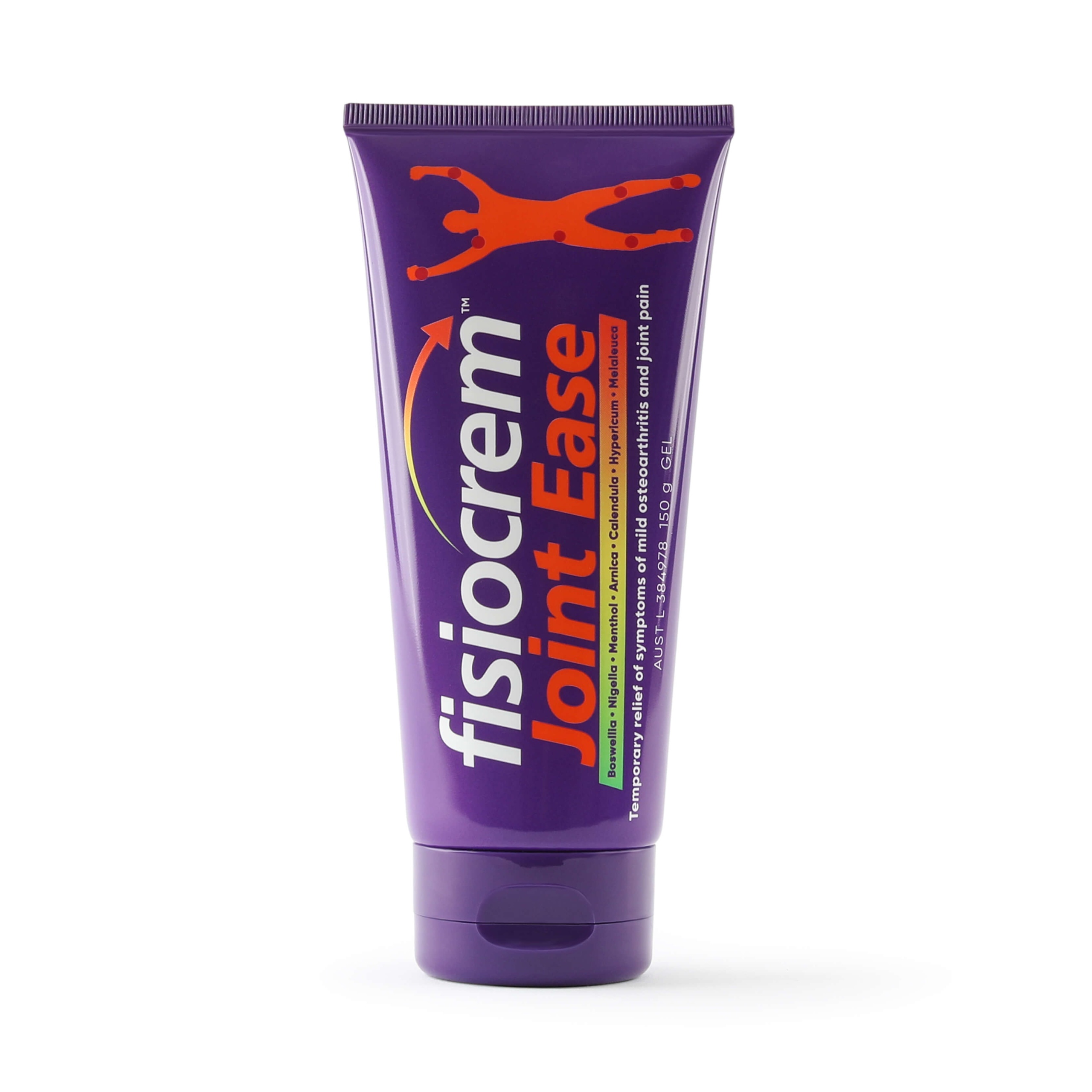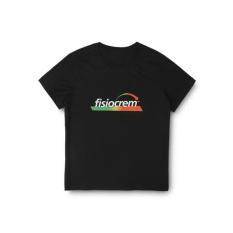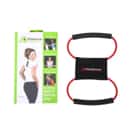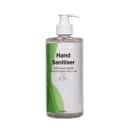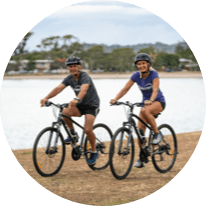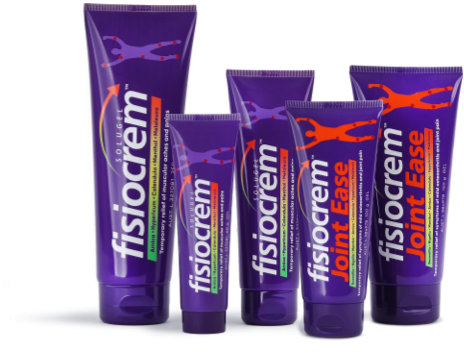Muscle pain is an unpleasant sensory and emotional experience associated with actual or potential tissue damage, or described in terms of such damage (Merskey & Bogduk 1994)(Mense & Gerwin 2010). People can experience muscle pain all over the body, such as calf muscle pain, chest muscle pain, arm & leg muscle pain, etc.
Muscle pain can be categorised into two main categories, articular & nonarticular (Mense and Simons and Russell 2001).
Articular disorders include articular disease and involve inflammation and progressive injury to the joints. Articular disorders are characterised by pain limited active joint range of motion by limited joint mobility (Mense, Simons & Russell 2001).
Nonarticular disorders are characterised by musculoskeletal aches and pains which do not arise from joints. Nonarticular disorders primarily affect soft tissues such as muscles, tendons, ligaments, bursae, and nerves. Back pain is the most common nonarticular condition (Mense, Simons & Russell 2001), affecting an estimated 4 million Australians (AIHW 2019).
Muscle pain can be either acute or chronic. Acute pain is generally short-term, whilst chronic pain is pain that persists past the normal time of healing (Mense and Gerwin 2010).
- Muscle spasms, an involuntary, longer-lasting contraction of a muscle group. If the muscle contraction is painful, it is often called a cramp (Mense & Gerwin 2010).
- Muscle stiffness is a discomfort with the movement of a joint. With increased stiffness, greater force is required to produce the same movement (Mense & Gerwin 2010).
The most common causes of muscle pain include excessive exertion, strains, trauma, and viral infections (Shmerling, Aronson & Givens 2022).
Repeated use of the same muscles at work or during exercise can result in sore muscles. Injuries that often cause sore muscles include abdominal strains, back strains & sprains, from repetitive movements (overuse), broken bones, and traumatic injuries.
Common causes of chronic muscle overload that can lead to chronic muscle pain include poor posture, positioning, or workstation arrangement and inappropriate patterns of muscle use (Mense & Gerwin 2010).
Muscle pain can also result from injury or blunt force trauma, such as bumps or bruises, which can cause tenderness and swelling.
Stress can also be a culprit, as it can cause muscle tension and achiness, particularly in the neck and shoulders. Chronic stress can lead to a persistent state of muscle tension and pain. It is important to manage stress, get enough rest and exercise, and stretch regularly to prevent and alleviate muscle pain.
- Warm up & cool down prior to exercise. Aerobic warm-up prior to resistance exercise can help prevent muscle soreness (Olsen, Sjøhaug, Van Beekvelt, & Mork 2012). An active cool-down that incorporates static stretching can reduce the risk of injuries and improve the range of motion and reduce muscle soreness (Van Hooren & Peake 2018).
- Stretching before and after exercise reduces the risk of injury and can help reduce muscle soreness the next day (Herbert, de Noronha, & Kamper 2011)(Herbert 2002).
- Staying hydrated especially before and during exercise can delay the onset of exercise-associated muscle cramping (EAMCs)(Jung, Bishop, Al-Nawwas, & Dale 2005).
- Regular physical activity (exercise) can reduce the risk of developing chronic muscle pain (Sabharwal, Rasmussen, Sluka, & Chapleau 2016).
Muscle aches and pains are normal, especially if you are active or are new to exercise. Listen to your body and ease into new activities slowly to avoid injuries (Shmerling, Aronson, & Givens 2022). Self-care is important in the management of muscle pain. Treatment for muscle pain can include hot & cold therapies, rest, NSAIDs, stretching, and muscle relaxants (Shmerling, Aronson, & Givens 2022).
Hot and cold therapy can also help. Applying ice within an hour after exercise can reduce muscle pain and relieve muscle inflammation and soreness (Wang, Li, Zhang, Chen, Yan, Han, & Ma 2021). Heat packs can also help reduce muscle pain and stimulate blood flow (Shmerling, Aronson, & Givens, 2022).
Rest the sore area if you are experiencing pain (Shmerling, Aronson, & Givens 2022).
Nonsteroidal anti-inflammatory drugs (NSAIDs) can help provide temporary relief for muscle pain and help relieve inflammation and swelling (Shmerling, Aronson, & Givens 2022).
Your sore muscles may be due to something other than tension or physical activity. In this case, please speak with a health professional. For persistent or severe muscle pain without a known cause, selected testing may be necessary for diagnoses and direct treatment (Shmerling, Aronson, & Givens 2022).
Stretches should be gentle to avoid inflicting further damage to the muscle group. Stretches should be held for 20-30 seconds to help aid recovery from muscle soreness.
Upper body stretches include neck stretch, tricep stretch, upper back stretch, shoulder stretch, wrist stretch, etc. Some lower body stretches include, hamstring stretch, calf stretch, hip and thigh stretch, etc. Learn how to perform these stretches here.
If the stretching causes any additional pain, stop and rest.
You should see your general practitioner or other health care professional for further advice if:
- your pain doesn’t go away after a few days of self-care and rest
- you experience severe muscle pain that arises without a clear cause
- your pain occurs with a higher temperature
- your pain occurs soon after a medication change
- you experience muscle pain along with a rash
- your muscle pain occurs after a tick bite.
- you experience chest pain

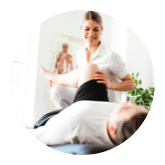
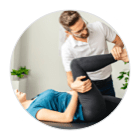
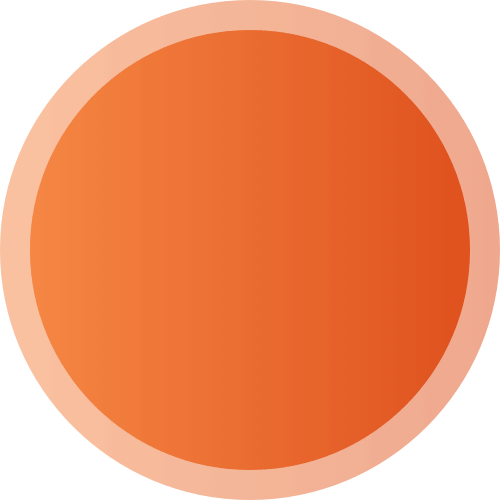


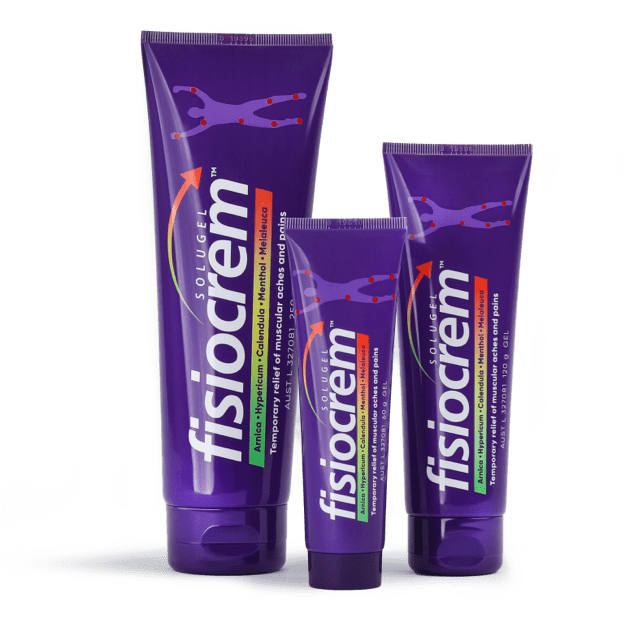
Muscle pain relief cream
fisiocrem Solugel is a topical pain relief gel containing menthol and naturally-derived active ingredients of arnica, hypericum (St John’s wort), calendula, and melaleuca. fisiocrem Solugel is a topical anti-inflammatory for the temporary relief of muscular aches and pains.
fisiocrem Solugel is best for:
- Symptomatic relief for muscle injury, sprains, and strains
- Muscle inflammation and post-exercise recovery
- Assist in the healing of minor body tissue injuries
- Relieve symptoms of mild soft tissue trauma
- Helps relieve mild muscle spasms and twitches
Shop fisiocrem Solugel for muscle pain in Australia.
Citations
- Australian Institute of Health and Welfare 2019. Back problems. Cat. no. PHE 231. Canberra: AIHW. https://www.aihw.gov.au/reports/chronic-musculoskeletal-conditions/back-problems
- Herbert, R. (2002). Effects of stretching before and after exercising on muscle soreness and risk of injury: systematic review. BMJ, 325(7362), 468-468.
- Herbert, R., de Noronha, M., & Kamper, S. (2011). Stretching to prevent or reduce muscle soreness after exercise. Cochrane Database Of Systematic Reviews.
- Jung, A., Bishop, P., Al-Nawwas, A., & Dale, R. (2005). Influence of Hydration and Electrolyte Supplementation on Incidence and Time to Onset of Exercise-Associated Muscle Cramps. Journal Of Athletic Training, 40(2), 71. Retrieved from https://www.ncbi.nlm.nih.gov/pmc/articles
- Mense, S., Gerwin, R. (2010). Muscle pain: Understanding the Mechanisms. Retrieved from https://books.google.com.au/books?id=NlR1fTXaidMC&dq=muscle+pain+&lr=&source=gbs_navlinks_s
- Mense, S., Simons, D., Russell, J. (2001). Muscle pain. Understanding its Nature, Diagnosis, and Treatment. Retrieved from https://books.google.com.au/books?id=qyu1sJf-8GkC&dq=muscle+pain+&lr=&source=gbs_navlinks_s
- Olsen, O., Sjøhaug, M., Van Beekvelt, M., & Mork, P. (2012). The Effect of Warm-Up and Cool-Down Exercise on Delayed Onset Muscle Soreness in the Quadriceps Muscle: a Randomized Controlled Trial. Journal Of Human Kinetics, 35(1), 59-68.
- Sabharwal, R., Rasmussen, L., Sluka, K., & Chapleau, M. (2016). Exercise prevents development of autonomic dysregulation and hyperalgesia in a mouse model of chronic muscle pain. Pain, 157(2), 387-398.
- Shmerling, R., Aronson, M., Givens, J. (2022). Approach to the patient with myalgia. Retrieved from https://www.medilib.ir/uptodate/show/2751
- Van Hooren, B., & Peake, J. (2018). Do We Need a Cool-Down After Exercise? A Narrative Review of the Psychophysiological Effects and the Effects on Performance, Injuries and the Long-Term Adaptive Response. Sports Medicine, 48(7), 1575-1595.
- Wang, Y., Li, S., Zhang, Y., Chen, Y., Yan, F., Han, L., & Ma, Y. (2021). Heat and cold therapy reduce pain in patients with delayed onset muscle soreness: A systematic review and meta-analysis of 32 randomized controlled trials. Physical Therapy In Sport, 48, 177-187.

